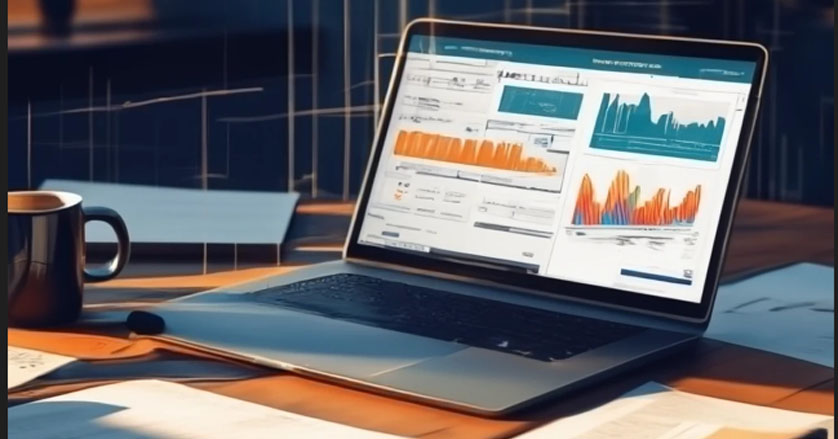How to Set Up Room Rates Based on Cost per Occupied Room (CPOR)
As a hotelier with more than 17 years of experience in resorts, I have seen first-hand how pricing decisions can make or break profitability. One of the most reliable methods used in revenue management is calculating Cost per Occupied Room (CPOR). This method ensures that room rates are not just competitive, but also profitable, by accounting for operational expenses tied directly to occupancy. CPOR allows hoteliers to strike the right balance between cost recovery and strategic pricing.
📑 Anchor List
- What is CPOR?
- The CPOR Formula
- Step-by-Step CPOR Calculation
- Worked Example
- Why CPOR Matters in Resort Pricing
- Practical Applications of CPOR
- Common Mistakes to Avoid
- Advanced Uses of CPOR
- Case Study: Seasonal CPOR Adjustments
- Tips for Using CPOR in Daily Operations
- Final Thoughts
What is CPOR?
Cost per Occupied Room (CPOR) is a financial metric used in hospitality to measure how much it costs a property to service a single occupied room. It covers all the variable expenses tied directly to guest occupancy, such as payroll, cleaning supplies, amenities, and utilities. Unlike fixed costs (like building rent or long-term loans), CPOR changes depending on the number of occupied rooms.
In simple terms, CPOR answers the question: "How much does it cost me to serve one guest room tonight?"
The CPOR Formula
The basic formula is:
CPOR = Total Departmental (or Operating) Cost ÷ Total Rooms Sold
This formula can be applied at different departmental levels (e.g., housekeeping, front office, food & beverage), but is most commonly used for housekeeping and general operations since those departments are most closely tied to occupied rooms.
Step-by-Step CPOR Calculation
- Step One: Add up all payroll-related costs. This includes salaried staff, agency payroll, contractor wages, pensions, and contributions for the department you are analyzing.
- Step Two: Sum these costs for the chosen period (weekly, monthly, or quarterly) to get the Total Payroll/Operating Cost.
- Step Three: Record the total number of rooms sold in the same period. This comes directly from your property management system (PMS).
- Step Four: Divide the Total Cost by the Rooms Sold to calculate CPOR.
Worked Example (Housekeeping Department)
Below is an example using a one-week housekeeping payroll dataset:
| Day | Total Payroll Cost (£) | Rooms Sold | CPOR (£) |
|---|---|---|---|
| Thursday | 1,322.80 | 182 | 7.27 |
| Friday | 1,192.78 | 171 | 6.98 |
| Saturday | 1,367.27 | 200 | 6.84 |
| Sunday | 1,335.37 | 140 | 9.54 |
| Monday | 1,114.96 | 168 | 6.64 |
| Tuesday | 1,271.93 | 188 | 6.77 |
| Wednesday | 1,337.02 | 176 | 7.60 |
| Total | 8,942.14 | 1,225 | 7.30 |
Analysis: In this example, the housekeeping CPOR for the week is £7.30. This means that for every occupied room, £7.30 goes toward housekeeping payroll. If your average room rate is £120, this cost is only a small portion of the rate but becomes significant when multiplied by hundreds of rooms per night.
Why CPOR Matters in Resort Pricing
- It provides a baseline for cost efficiency per room.
- It ensures that pricing covers variable expenses before considering fixed costs and profit.
- It helps compare actual vs. budgeted performance.
- It gives management a tangible benchmark when reviewing rate strategies.
Practical Applications of CPOR
CPOR is not just a financial calculation—it’s a decision-making tool. Here’s how resorts use it in practice:
- Rate Setting: Ensure that the lowest rate offered (e.g., promotions or group discounts) still covers CPOR.
- Departmental Efficiency: Compare CPOR week-to-week to identify inefficiencies in labor scheduling.
- Forecasting: Predict how rising payroll costs will impact CPOR in peak and low seasons.
- Benchmarking: Compare CPOR across properties in the same brand or destination.
Common Mistakes to Avoid
- Not updating CPOR calculations frequently enough, especially during seasonality changes.
- Ignoring non-payroll costs (e.g., guest supplies, utilities) that also impact CPOR.
- Using average CPOR without recognizing day-of-week variations.
- Applying CPOR uniformly across all room types, even though servicing suites often costs more.
Advanced Uses of CPOR
Experienced revenue managers take CPOR beyond the basics by integrating it with other KPIs:
- CPOR + RevPAR: Compare how much of revenue per available room is consumed by costs.
- CPOR + GOPPAR: Analyze departmental efficiency in driving gross operating profit per available room.
- Segment CPOR: Break down CPOR by guest type (group vs. leisure vs. corporate).
- Seasonal CPOR: Adjust labor costs during high occupancy months vs. low occupancy months.
Case Study: Seasonal CPOR Adjustments
Imagine a beachfront resort that employs seasonal staff. In summer, payroll costs rise by 25% due to higher occupancy. However, CPOR may remain stable because the increase in rooms sold offsets the higher payroll. In contrast, during low season, payroll might shrink but CPOR can rise because fewer rooms are occupied. This shows why CPOR must always be analyzed in context of occupancy levels.
Tips for Using CPOR in Daily Operations
- Run CPOR reports weekly to stay aligned with operational changes.
- Use CPOR to negotiate with outsourcing agencies and labor contractors.
- Integrate CPOR into your PMS or BI dashboards (SQL/Tableau can automate this).
- Share CPOR insights with department heads so they see the link between labor scheduling and profitability.
Final Thoughts
CPOR is more than a number—it’s a window into the efficiency of resort operations. By mastering CPOR, hoteliers ensure that room rates are not only competitive but also financially sustainable. Whether you are managing a luxury beachfront resort or a midscale all-inclusive, CPOR should be part of your regular pricing and operations review process.








